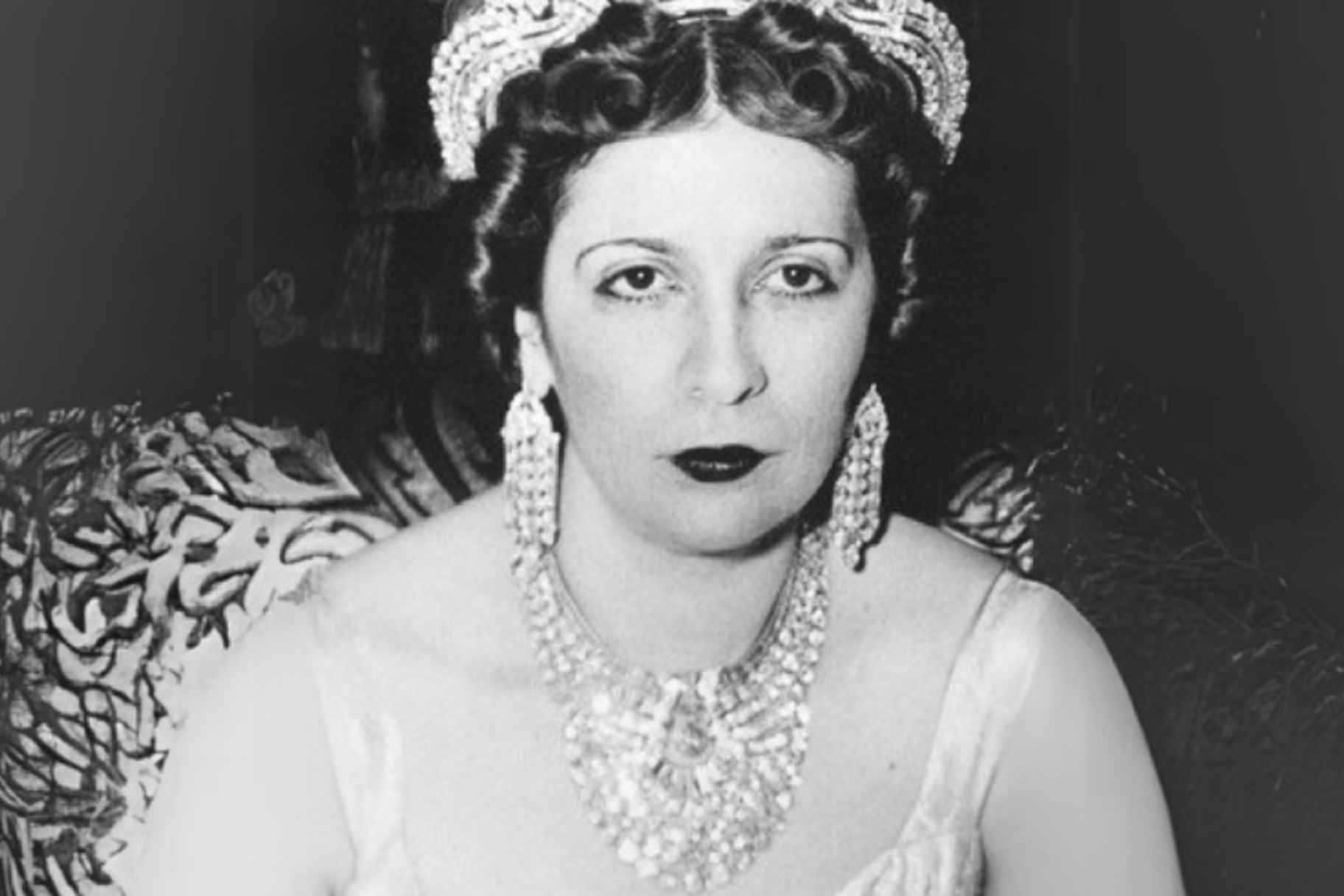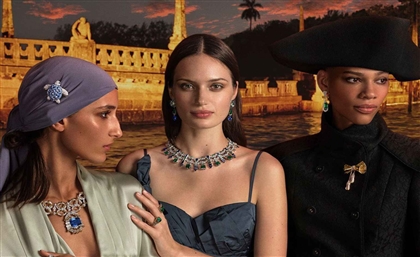Styled Archives: The Story Behind Queen Nazli's Necklace
A necklace that journeyed through history and withstood the passage of time - this is the tale of a queen’s prized possession.

Queen Nazli of Egypt, born in 1894, reigned until King Fouad I’s death in 1936. As wife to King Fouad I and mother to King Farouk, Queen Nazli held a prominent role in the Egyptian royal court, though her life was filled with opulence and personal struggles in equal parts. Throughout her reign - and even in the years that followed - she was synonymous with refined elegance, particularly in fashion and jewellery, and had a profound appreciation for the arts, with a kindling for photography.
Among her most famous possessions was a diamond parure, commissioned in 1939 from the famed French jeweller Van Cleef & Arpels. The centrepiece of the parure was a bib necklace featuring 673 diamonds, marrying baguette-cut and brilliant-cut stones in geometric tiers that cascade gracefully.
From the glittering halls of Abdeen Palace in Cairo to the opulent banquets of Tehran, Queen Nazli’s diamond necklace has borne witness to some of the most pivotal moments in modern royal history. The Art-Deco-style necklace was crafted to celebrate the wedding of her daughter, Princess Fawzia, to Crown Prince Mohammed Reza Pahlavi of Iran.
-63153af0-20b1-44ed-bdb7-677f4b4a75c5.jpg)
Yet, its journey extended far beyond the grandeur of royal occasions. By 1950, Queen Nazli had already been exiled to the United States after the controversial marriage of her youngest daughter, Princess Fathia, to Riyad Ghali. Now living in San Francisco and later Los Angeles, Nazli struggled with finances and was forced to auction a large part of her jewelry in 1975. This necklace was sold for the sum of USD 140,000 at Sotheby's in New York - a far cry from its real value.
The necklace would reappear decades later at another Sotheby's auction in 2015, where it sold for USD 4.282 million against a pre-sale estimate of USD 3.6 million to USD 4.6 million. Purchased by Van Cleef & Arpels, the necklace then was included in the house's exhibition Time, Nature & Love in Milan, securing its standing among the most enduring works of the French house.
Trending This Month
-
Nov 20, 2025
















